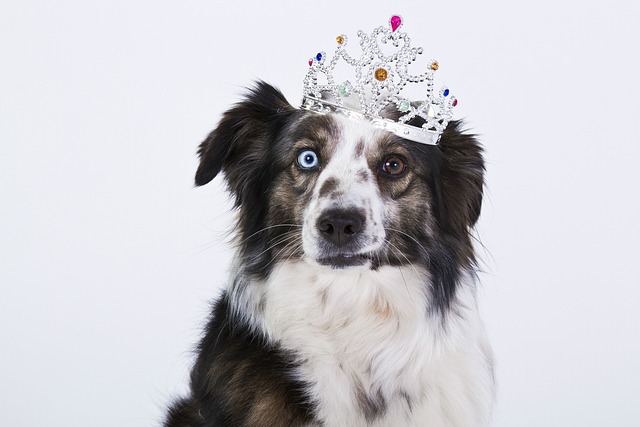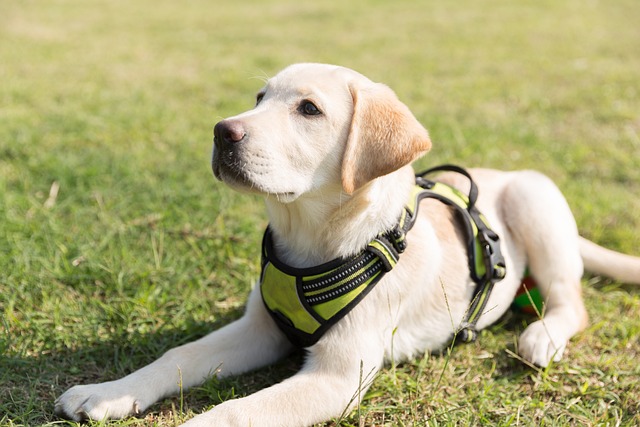
How to guide your dog to urinate and defecate outside?
Puppy pads scattered across the kitchen, a surprise pile behind the couch, the frantic scramble to clean before guests arrive—house-training struggles feel universal.
Picture this: You arrive at your local park, unleash your excited pup, and instead of joyful play, chaos erupts – a scuffle over a ball, frantic barking, or your dog bolting toward the exit gate. Dog parks promise fun but demand serious prep. The key isn’t just obedience; it’s social fluency. Dogs aren’t born knowing park rules – they learn through structured exposure. Start by mastering fundamentals outside the park gates. A bombproof recall (your dog returning instantly when called, even mid-chase) is non-negotiable. Practice daily using high-value rewards like hot dog bits in low-distraction areas, like your backyard or quiet neighborhood streets. Build duration gradually – if they can’t ignore a squirrel on-leash, they’re not ready for off-leash pandemonium.
Understanding canine communication prevents 90% of park problems. Dogs "talk" through subtle body language: a play bow invites fun, a stiff tail and pinned ears signal stress. Before unleashing them, observe the park’s vibe from outside the fence. Are dogs wrestling roughly or giving clear "back off" signals? Parks with separate small/large dog areas (common in cities like Denver or Portland) reduce intimidation. For apartment pups lacking backyard space, arrange controlled "play dates" with one calm, vaccinated dog friend first – perhaps a neighbor’s golden retriever in your building’s designated pet area. Always use a harness (not just a collar) for quick, safe intervention if needed. Reward calm behavior near other dogs heavily before interactions even start – toss treats when they glance at another dog without lunging.

Now, the cultural and legal groundwork. Force-free methods are paramount. Yanking leashes, yelling, or alpha rolls are ineffective and violate animal welfare norms across the EU and US states like Illinois. Positive interruption works best: If play gets too intense, calmly call your dog away for a 30-second "time-in" (rewarding calm), then release them again. Legally, ensure core vaccines (rabies is mandatory) and parasite prevention are current – parks often require tags. Always carry biodegradable bags; fines for uncollected waste hit $250 in places like Boston. Keep leashes handy until inside the double-gated entry, and avoid peak hours if your dog’s nervous. In shared urban spaces, never bring unspayed females in heat – it’s a major etiquette breach and can trigger fights.
Consistency turns theory into success. Practice "disengagement" drills: Reward your dog for voluntarily checking in with you amid distractions. Start with short 10-minute park visits during quiet times (Tuesday mornings beat Saturday afternoons), leaving before they get overstimulated. If your dog guards toys or bodies, skip the ball entirely – many parks ban toys anyway. See a tense interaction? Don’t wait – intervene early with a cheerful "Let’s go!" and redirect. Remember, not every dog enjoys dog parks; if yours hides behind benches or snaps, try sniff spots or leashed hikes instead. Patience builds confident park citizens, transforming potential chaos into joyful romps where tails wag safely.

Puppy pads scattered across the kitchen, a surprise pile behind the couch, the frantic scramble to clean before guests arrive—house-training struggles feel universal.

It’s a familiar morning scene for many new dog owners: you walk into the kitchen to find your pup’s nose buried in the trash can, cereal boxes torn open and banana peels scattered across the floor.

Watching a tiny Yorkie or Chihuahua dart toward the door instead of squatting on the rug feels like a win—but getting there takes time, and every pup moves at their own pace.

Puppies have tiny bladders, and when you live in an apartment with no yard or during harsh winters that make outdoor trips tricky, indoor potty training becomes a necessity.

Many new dog parents see agility videos—dogs zipping through tunnels, leaping over hurdles—and think, “We could never do that at home.”

Ever called your dog in the park, only for Fido to pretend he’s suddenly deaf? Or struggled to get him off the sofa when guests arrive? You’re not alone.